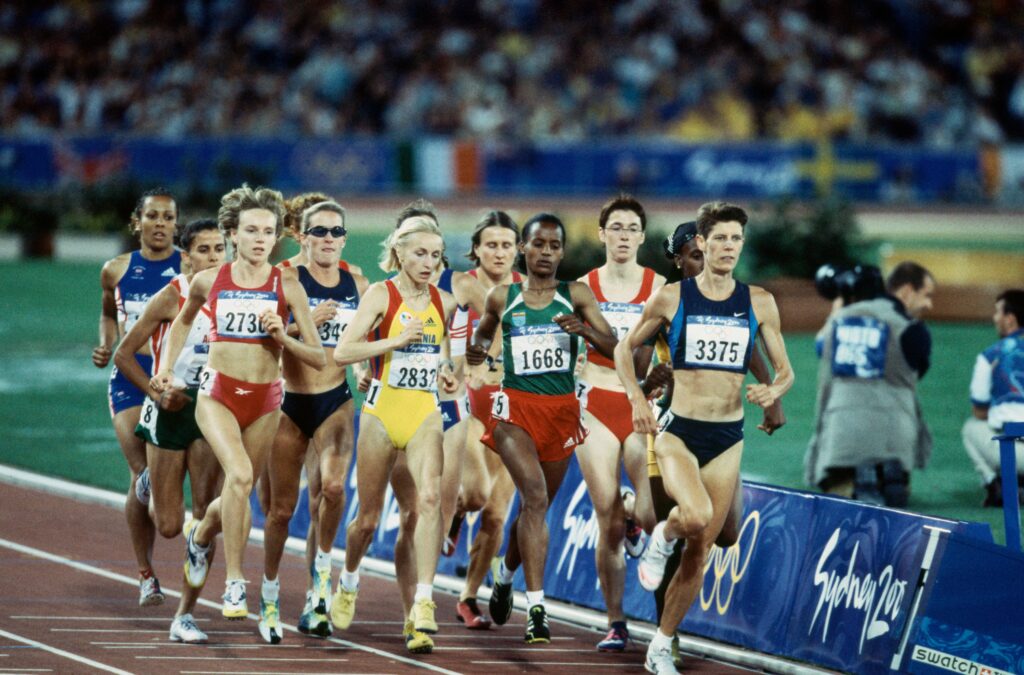When Tenley Albright was 11 years old, doctors wondered whether she would ever walk again. She contracted polio; it would still be a few more years before researchers discovered the first polio vaccine.
“One Monday morning, the doctors came in and said to me, ‘On Friday, we are going to ask you to take three steps,’ ” Albright said in a 1991 interview. “I worked all week, lying on my bed, thinking what it would be like and how I would somehow manage to take three steps.”
Friday morning came, and Albright managed to walk a few steps. After returning home, doctors suggested Albright attempt activities she had done before – skating was ideal, as she could do it on her own as many of her friends were hesitant to be with someone who just had polio, even though there was no risk of it being passed along.
“I remember very clearly going to the rink that first time – it seemed huge after being in the hospital so long – and hanging on the barrier, sort of creeping along it, and staying down at one end,” Albright said. “But when I found that my muscles could do some things, it made me appreciate them more. I’ve wondered if maybe the reason it appealed to me so much was that I had a chance to appreciate my muscles, knowing what it was like when I couldn’t use them.”
While limited at first, Albright soon found her form, eventually becoming one of the country’s best figure skaters. Albright took silver in the ladies’ singles figure skating competition in the Oslo 1952 Olympic Winter Games. Four years later at the Cortina d’Ampezzo 1956 Olympic Winter Games, Albright won gold.
Albright then retired from competitive skating and focused on her education. In 1961, she graduated from Harvard Medical School and went on to become a surgeon – the same profession as her father. Her career included chairing the Board of Regents of the National Library of Medicine at the National Institutes of Health and serving as director of MIT Collaborative Initiatives.












